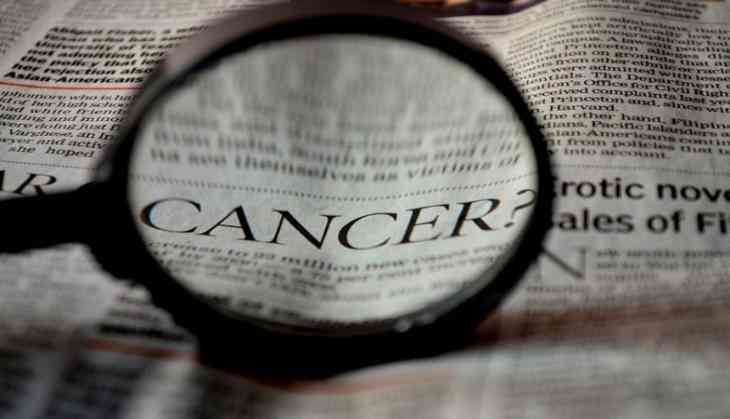
Why is testicular cancer so responsive to chemotherapy, even after it metastasizes? It's because of the stem cells, according to a recent study.
Defining why testicular cancers are so susceptible to chemotherapy could eventually provide insights for treating other, more resistant cancers.
The Cornell researchers' study also helped confirm that risk for testicular cancer is determined in utero. The research offers some evidence to support a hypothesis that, in humans, testicular cancers are initiated during embryonic development and lay dormant for 18 to 35 years.
"The study provides new insights into the basis for the responsiveness of testicular cancer to chemotherapy, which has always been an intriguing observation, but the basis for it was not clear," said senior author Robert Weiss.
Most types of tumors contain distinct populations of cells. A small fraction of these are stem cells, which have the ability to grow new tumors from a single cell and - in most cancers - are extremely resistant to therapy. Often, other types of tumor cells are killed off during treatment, but cancer stem cells survive, then drive relapse by re-growing new tumors.
But "when testicular cancer stem cells are exposed to chemotherapy, those stem cells are actually more sensitive to it than other cells in the tumor," Weiss said.
The fact that stem cells in testicular cancer are so sensitive to treatment explains why therapy is more effective overall, Weiss said.
In the study, first author Timothy Pierpont, Weiss and colleagues created a mouse model that, for the first time, can accurately mimic the properties of testicular cancers found in humans. In particular, the engineered mice used in the study develop cancers with the strongest expression of stem cell markers reported to date. The mouse model accurately duplicates realistic tumor characteristics, such as the rate of tumor growth and the ability to give rise to several different tumor cell types.
While other cancers are known as diseases of the elderly, testicular cancers generally strike between the ages of 18 and 40, with rates dropping in older men. Using the mouse model, the researchers reported that germ cells become susceptible to developing into testicular cancer only during a restricted period of embryonic development. As they age, they become resistant to transformation.
Future work may provide clues for treating other cancers if researchers can identify what features of the testicular cancer stem cells make them responsive to chemotherapy and compare those features in other tumor types, Weiss said.
The study is published in the journal Cell Reports.
-ANI


